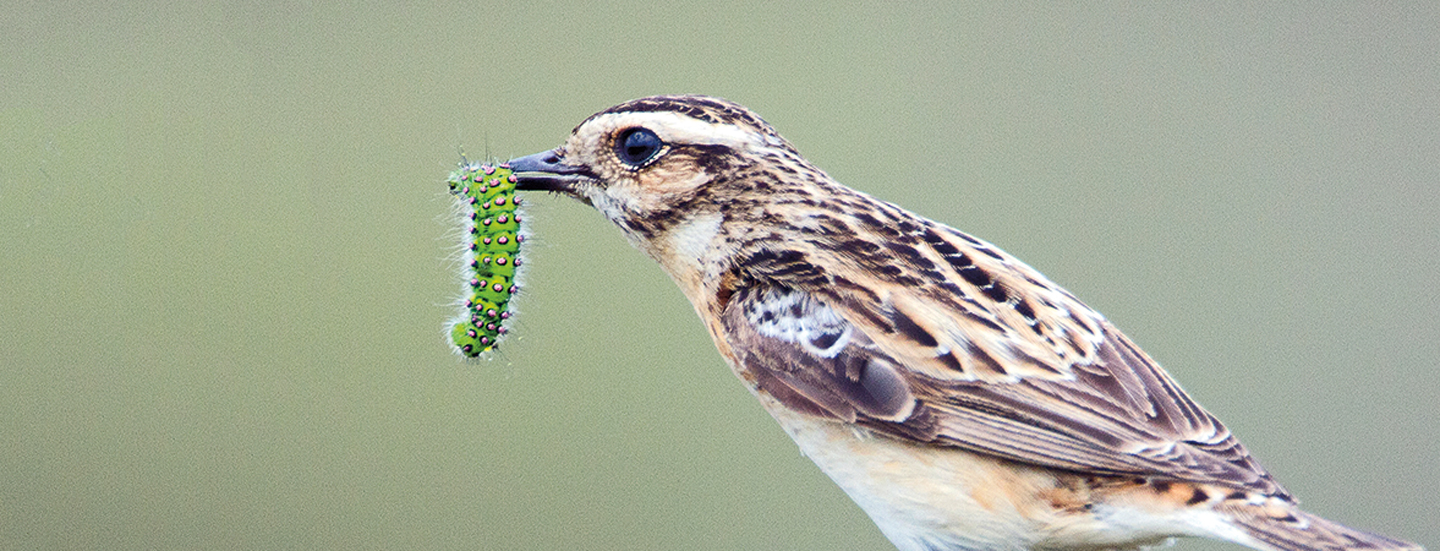Life is risky for a caterpillar. At any moment, it could be snatched by a hungry beetle, bird, or lizard. But are caterpillars in more danger in some parts of the world than others? Tomas Roslin wanted to find out.
Roslin is a scientist at the Swedish University of Agricultural Sciences. He studies how predators and prey interact. He wondered if a caterpillar’s location affects its chance of being eaten. So he set up an experiment—using fake caterpillars as bait!
Life is risky for a caterpillar. A hungry beetle, bird, or lizard could eat it at any moment. But are some caterpillars in more danger than others? Does their safety depend on where they live? Tomas Roslin wanted to find out.
Roslin is a scientist. He works at the Swedish University of Agricultural Sciences. He looks at predators that eat other animals. He also looks at the prey they eat. He studies how the predators and prey act together. He wondered if a caterpillar’s location affects its chance of being eaten. So he set up a test. He used fake caterpillars as bait!

